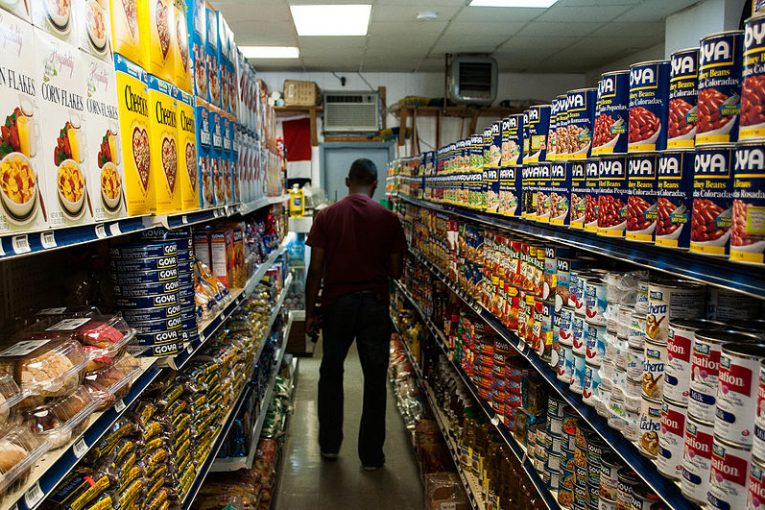

By Ethan Wang
LOS ANGELES — KTLA 5 recently reported on a UCLA study which indicated that many Los Angeles County residents find their quality of life unsatisfactory, many citing inflation and the consequent growing costs of basic needs—food, water and shelter—as points of concern. Additionally, 25 percent expressed worries surrounding their families becoming hungry.
While worrisome, concern over food security is no new story to Los Angeles. Food insecurity is an overwhelming problem that continues to plague the city and surrounding county. The Economic Research Service (ERS) component of the U.S. Department of Agriculture broadly defines food deserts as those regions that “feature large proportions of households with low incomes, inadequate access to transportation, and a limited number of food retailers providing fresh produce and healthy groceries for affordable prices.”
Food insecurity is not such a simple problem, though. Many Los Angeles neighborhoods do not necessarily have low access to food, but instead a lack of access to quality, healthy and affordable food. Many residents point out that the issue is not “[a] lack of access to food stores,” but instead “high prices, low quality food and a limited variety of healthy items.”
The ERS additionally specifies that food deserts are critically influenced by “[c]oncentrated poverty and minority populations.” This is primarily due to the fact that such populations “are already more likely to have poor access to health care and fitness facilities, [and] limited access to healthy food may compound the effects of this deprivation.”
Los Angeles’s minority populations are already significantly displaced and oppressed by overwhelmingly exploitative activities pursued by white, middle-to-upper class residents. However, this disparate relationship is particularly made worse by the ways commerce across the county occurs.
In Chinatown, which has become one of L.A.’s trendiest dining destinations, “elderly immigrant residents live in a food desert, struggling to buy groceries easily and affordably.” Tourists and wealthy residents continually consume the Los Angeles working class’s resources, while simultaneously depleting them of basic needs.
This is especially contradictory due to L.A.’s continual self-proclamation as a city that invites a diversity of peoples and an avenue to upwards social mobility for those who work hard enough. Exploitative tourism by wealthier white populations continues to grow, all as residents of Chinatown—arguably one of the most prolific communities in all of the United States—and other neighborhoods are continually forced to invest in low-quality or too-expensive food.
Food deserts already disenfranchise such minority populations and exacerbate overarching institutions of discrimination, but recent alterations to CalFresh policies make this phenomenon of greater concern. Starting June 10, CalFresh, California’s primary program for food benefits, is ending for collegiate students who are eligible for work-study or whose families cannot financially support their education.
The extension of CalFresh to these groups came as a temporary policy with the COVID-19 pandemic as a relief measure. However, even as the pandemic’s consequences become of less concern to government programs and a majority of the public, a recent USC study indicates that food insecurity remains a major issue. In fact, the study points to CalFresh’s latest pull-back measures on emergency food reinforcement as a direct cause of Los Angeles’s recent rise in food insecurity.
As CalFresh has gradually repealed its support of California residents living in poverty, attending university and several other groups with less access to healthy and affordable food, the net rate of food insecurity has incidentally increased. From 2021 to 2022, the proportion of low-income households in Los Angeles County experiencing food insecurity increased from 28 to 37 percent.
Ultimately, food insecurity is an undeniably prevalent feature of Los Angeles, especially in conjunction with the mass disenfranchisement of minority communities, in particular, during the COVID-19 pandemic. With CalFresh’s decreasing support of such communities, widespread food scarcity will only continue to worsen. Thus, pertinent food crises would be eased by a maintenance of CalFresh’s temporary support of those previously unsupported groups of people.
CalFresh policies are not the only primary concern with basic need provision in Los Angeles county, but they would certainly serve as a necessary first step. Food stamps programs across the country provide support to wide varieties of minority communities, and if L.A. is truly to support the communities it tokenizes, it is imperative to ensure widespread food security.